Intel Z68 Chipset & Smart Response Technology (SSD Caching) Review
by Anand Lal Shimpi on May 11, 2011 2:34 AM ESTThe problem with Sandy Bridge was simple: if you wanted to use Intel's integrated graphics, you had to buy a motherboard based on an H-series chipset. Unfortunately, Intel's H-series chipsets don't let you overclock the CPU or memory—only the integrated GPU. If you want to overclock the CPU and/or memory, you need a P-series chipset—which doesn't support Sandy Bridge's on-die GPU. Intel effectively forced overclockers to buy discrete GPUs from AMD or NVIDIA, even if they didn't need the added GPU power.
The situation got more complicated from there. Sandy Bridge's Quick Sync was one of the best features of the platform, however it was only available when you used the CPU's on-die GPU, which once again meant you needed an H-series chipset with no support for overclocking. You could either have Quick Sync or overclocking, but not both (at least initially).
Finally, Intel did very little to actually move chipsets forward with its 6-series Sandy Bridge platform. Native USB 3.0 support was out and won't be included until Ivy Bridge, we got a pair of 6Gbps SATA ports and PCIe 2.0 slots but not much else. I can't help but feel like Intel was purposefully very conservative with its chipset design. Despite all of that, the seemingly conservative chipset design was plagued by the single largest bug Intel has ever faced publicly.
As strong as the Sandy Bridge launch was, the 6-series chipset did little to help it.
Addressing the Problems: Z68
In our Sandy Bridge review I mentioned a chipset that would come out in Q2 that would solve most of Sandy Bridge's platform issues. A quick look at the calendar reveals that it's indeed the second quarter of the year, and a quick look at the photo below reveals the first motherboard to hit our labs based on Intel's new Z68 chipset:
Architecturally Intel's Z68 chipset is no different than the H67. It supports video output from any Sandy Bridge CPU and has the same number of USB, SATA and PCIe lanes. What the Z68 chipset adds however is full overclocking support for CPU, memory and integrated graphics giving you the choice to do pretty much anything you'd want.
Pricing should be similar to P67 with motherboards selling for a $5—$10 premium. Not all Z68 motherboards will come with video out, those that do may have an additional $5 premium on top of that in order to cover the licensing fees for Lucid's Virtu software that will likely be bundled with most if not all Z68 motherboards that have iGPU out. Lucid's software excluded, any price premium is a little ridiculous here given that the functionality offered by Z68 should've been there from the start. I'm hoping over time Intel will come to its senses but for now, Z68 will still be sold at a slight premium over P67.
Overclocking: It Works
Ian will have more on overclocking in his article on ASUS' first Z68 motherboard, but in short it works as expected. You can use Sandy Bridge's integrated graphics and still overclock your CPU. Of course the Sandy Bridge overclocking limits still apply—if you don't have a CPU that supports Turbo (e.g. Core i3 2100), your chip is entirely clock locked.
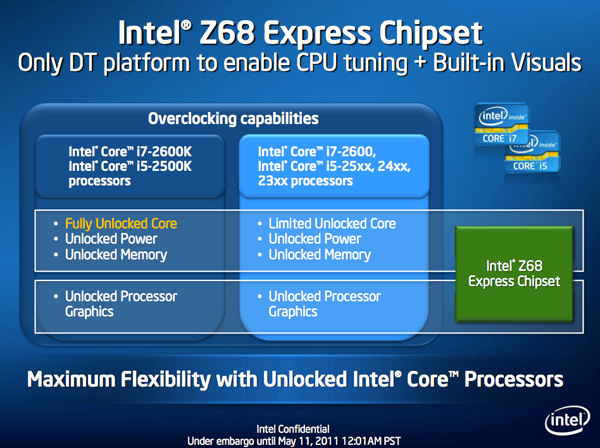
Ian found that overclocking behavior on Z68 was pretty similar to P67. You can obviously also overclock the on-die GPU on Z68 boards with video out.
The Quick Sync Problem
Back in February we previewed Lucid's Virtu software, which allows you to have a discrete GPU but still use Sandy Bridge's on-die GPU for Quick Sync, video decoding and basic 2D/3D acceleration.

Virtu works by intercepting the command stream directed at your GPU. Depending on the source of the commands, they are directed at either your discrete GPU (dGPU) or on-die GPU (iGPU).
There are two physical approaches to setting up Virtu. You can either connect your display to the iGPU or dGPU. If you do the former (i-mode), the iGPU handles all display duties and any rendering done on the dGPU has to be copied over to the iGPU's frame buffer before being output to your display. Note that you can run an application in a window that requires the dGPU while running another that uses the iGPU (e.g. Quick Sync).
As you can guess, there is some amount of overhead in the process, which we've measured to varying degrees. When it works well the overhead is typically limited to around 10%, however we've seen situations where a native dGPU setup is over 40% faster.
| Lucid Virtu i-mode Performance Comparison (1920 x 1200—Highest Quality Settings) | |||||||
| Metro 2033 | Mafia II | World of Warcraft | Starcraft 2 | DiRT 2 | |||
| AMD Radeon HD 6970 | 35.2 fps | 61.5 fps | 81.3 fps | 115.6 fps | 137.7 fps | ||
| AMD Radeon HD 6970 (Virtu) | 24.3 fps | 58.7 fps | 74.8 fps | 116.6 fps | 117.9 fps | ||
The dGPU doesn't completely turn off when it's not in use in this situation, however it will be in its lowest possible idle state.
The second approach (d-mode) requires that you connect your display directly to the dGPU. This is the preferred route for the absolute best 3D performance since there's no copying of frame buffers. The downside here is that you will likely have higher idle power as Sandy Bridge's on-die GPU is probably more power efficient under non-3D gaming loads than any high end discrete GPU.
With a display connected to the dGPU and with Virtu running you can still access Quick Sync. CrossFire and SLI are both supported in d-mode only.
As I mentioned before, Lucid determines where to send commands based on the source of the commands. In i-mode all commands go to the iGPU by default, and in d-mode everything goes to the dGPU. The only exceptions are if there are particular application profiles defined within the Virtu software that list exceptions. In i-mode that means a list of games/apps that should run on the dGPU, and in d-mode that is a smaller list of apps that use Quick Sync (as everything else should run on the dGPU).
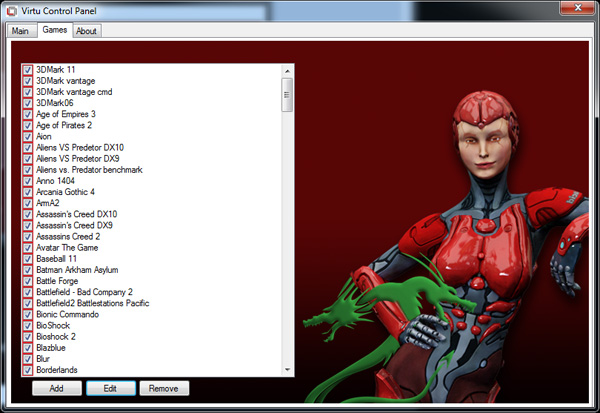
Virtu works although there are still some random issues when running in i-mode. Your best bet to keep Quick Sync functionality and maintain the best overall 3D performance is to hook your display up to your dGPU and only use Sandy Bridge's GPU for transcoding. Ultimately I'd like to see Intel enable this functionality without the use of 3rd party software utilities.
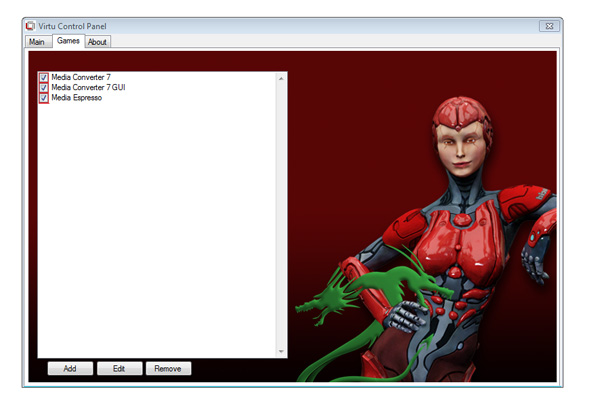


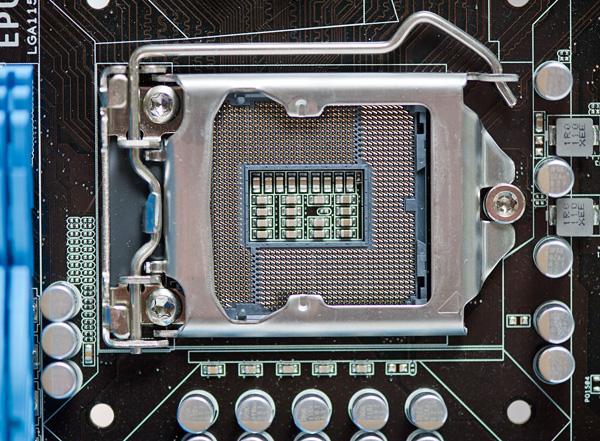
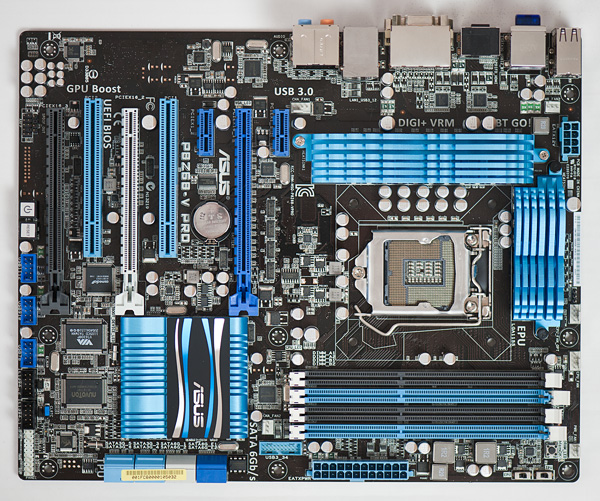

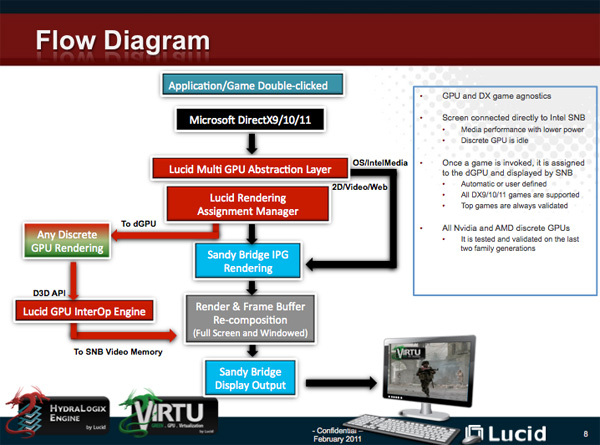








106 Comments
View All Comments
µBits - Monday, July 11, 2011 - link
http://download.intel.com/support/motherboards/des...System Requirements:
For a system to support Intel Smart Response Technology it must have the following:
codedivine - Wednesday, May 11, 2011 - link
I am interested in using Linux and I am wondering about various things:1. Will it work under Linux? Can I configure it from Linux?
2. Is it file system dependant? I guess it is not.
3. Whether it will work on multi-OS machines. For example, what happens if I dual boot Windows and Linux?
Unrelated to Linux is, does this scheme get confused by say using lots of VMs?
Penti - Wednesday, May 11, 2011 - link
No, so called fake raid (software raid) that the chipset/drivers supports do never work in Linux. RST do not work under other OS's then Windows. Mac and Linux will have to use the built in software raid rather then the none existing driversbased one. And will lack all support for SSD caching.VMs usually write to a virtual hard drive (file) that saves the data to the disk. That should be absolutely fine.
Mulberry - Saturday, May 21, 2011 - link
but to the question on dual booting:Can you dual boot eg. Win XP and Win 7?
headhunter00 - Sunday, August 7, 2011 - link
well, you can always set the root partition on the ssd, by creating custom partitions during installation, and set the resource hogging partitions such as /var and /home on your hdd. this way, all the binaries and libraries load from the hdd. if you don't have enough space on your hdd to do that either, then you are out of luck. thats the closest you can get to ssd caching in linux. ofcourse there is a patch for the kernel to do ssd caching natively, but its pretty outdated and probably not compatible with your hardware. to do ssd-caching in windows with linux, you have to preserve some space on ssd to do so.MonkeyPaw - Wednesday, May 11, 2011 - link
The virtue interface is awful. Looks like the ugly tree fell on that android girl.sunbear - Wednesday, May 11, 2011 - link
Consumer nases (readynas, qnap, etc) could really benefit from this. Flashcache (http://planet.admon.org/flashcache-caching-data-in... released by facebook also looks interesting.fitten - Wednesday, May 11, 2011 - link
Can you have an SSD as your boot drive, then a large HDD (typical configuration... OS/apps on SSD, data/etc on HDD) and then have yet-another SSD enabled with SRT for caching the HDD? Seems like the best of both worlds (other than cost).swhitton - Wednesday, May 11, 2011 - link
I reckon that setup would almost certainly work fine.What I'm wondering is whether you could use a single SSD partitioned so that part of it was a boot drive and the other part was a cache for a HDD. Such a setup would solve the problem of the 120gb SSD not being quite the right size for any particular purpose.
A 60-80gb partition with Windows and apps on it and the remaining space used as a cache. This would avoid the problem of having to symbolic link Steam games and so forth, while also not requiring you to buy two SSDs in order to have a boot drive and a cache drive.
Anand did mention that a cache drive could be partitioned so that only part of it needed to be used as a cache. Just not sure if there would be any issues that might arise with using the remaining partition as a boot drive.
Thoughts anyone?
y2kBug - Wednesday, May 11, 2011 - link
Here is a quote from vr-zone.com’s review (http://vr-zone.com/articles/first-look-msi-z68a-gd... ) on SRT: “All existing partitions on the SSD must be deleted before it can be used as a cache”. This makes me believe that using oneSSD for dual purposes (boot drive and SRT at the same time) is not possible. I really want to hear Anand’s last word on this.